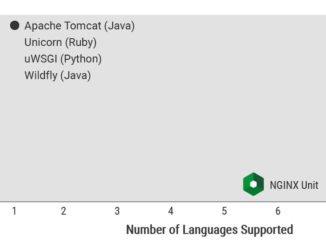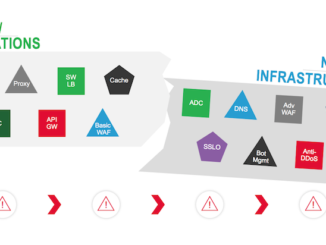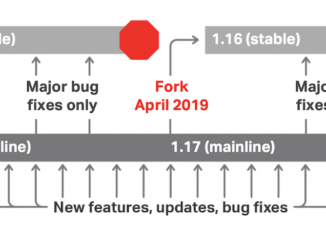
The State of the Service Mesh, Part 2: Availability
The State of the Service Mesh, Part 2: Availability In the world of microservices, the pace of change is unyielding but the excitement is surely building, as a critical mass of industry thought leaders and practitioners are moving beyond mere theory and talk. Early‑adopter organizations that have workloads requiring service mesh functionality now want to prove its viability as a production‑ready architecture by implementing actual solutions for some compelling “low hanging fruit” use cases. This post is the second installment in our series on service mesh: In Part 1, we summarize key developments that have taken place in the service mesh space in the past year or so, and enumerate a number of the key application requirements for a service mesh. In a related blog, my colleague Owen Garrett provides guidance on determining whether you really need a service mesh [ more… ]



